Jackfruit, a tropical giant known for its sweet, fragrant flesh and versatility in both savory and sweet dishes, has gained global popularity as a plant-based meat substitute and a refreshing snack. However, its large size often leads to leftovers, leaving many to wonder: What’s the best way to store unused jackfruit without compromising its texture, flavor, or nutritional value? This article explores science-backed methods, creative hacks, and practical advice to help you extend the shelf life of leftover jackfruit while retaining its unique taste and health benefits.
Understanding Jackfruit’s Composition
Before diving into storage solutions, it’s essential to grasp why jackfruit spoils quickly. The fruit’s flesh is rich in water (about 74%), natural sugars, and enzymes that accelerate ripening and decay. Once exposed to air, these components interact with oxygen and microorganisms, leading to browning, softening, and off-flavors. Additionally, jackfruit’s high moisture content makes it prone to mold growth if not stored correctly.
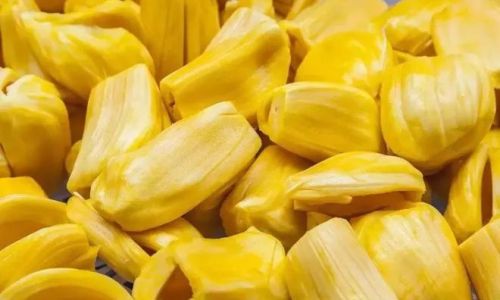
Immediate Post-Harvest Handling
The key to preserving jackfruit begins before storage. If you’ve sliced open a whole fruit, handle the leftovers promptly:
- Remove the Core and Seeds: The central core and seeds absorb moisture and can hasten spoilage. Discard them or store them separately for planting or roasting.
- Separate the Flesh: Gently detach the golden pods (arils) from the stringy membrane. This reduces surface area exposure to air.
- Pat Dry: Use a clean paper towel to absorb excess moisture from the flesh. Excess water accelerates bacterial growth.
Refrigeration: The Short-Term Solution
For jackfruit you plan to consume within 3–5 days, refrigeration is ideal. Follow these steps:
- Use Airtight Containers: Place the jackfruit pods in a glass or BPA-free plastic container with a tight-fitting lid. Avoid metal containers, as they may react with the fruit’s acids.
- Layer with Absorbent Material: Line the container with parchment paper or a clean kitchen towel to wick away residual moisture.
- Avoid Overcrowding: Arrange the pods in a single layer to prevent bruising and ensure even cooling.
- Store in the Crisper Drawer: The slightly higher humidity in crisper drawers helps maintain freshness without causing sogginess.
Pro Tip: For sliced jackfruit, sprinkle a pinch of citric acid (from lemon or lime juice) over the flesh to inhibit browning. This natural antioxidant preserves color without altering flavor.
Freezing: The Long-Term Strategy
Freezing is the gold standard for preserving jackfruit for up to 6–12 months. Here’s how to do it right:
- Pre-Freeze Preparation:
- Blanching (Optional): For firmer texture, blanch the pods in boiling water for 1–2 minutes, then shock them in ice water. This deactivates enzymes that cause mushiness.
- Sugar Syrup Method: For sweet applications (e.g., desserts), coat the flesh in a light sugar syrup (1:1 water and sugar) before freezing. This prevents freezer burn and enhances flavor.
- Portioning: Divide the jackfruit into meal-sized portions using freezer bags or silicone trays. This minimizes waste and speeds thawing.
- Remove Air: Squeeze out excess air from bags to prevent freezer burn. For containers, leave ½-inch headspace to accommodate expansion.
- Label and Date: Use waterproof markers to note the freezing date. Frozen jackfruit retains peak quality for 8–10 months.
Thawing Tips: Transfer frozen portions to the refrigerator 12–24 hours before use. Avoid microwave thawing, as it can create a soggy texture.
Dehydration: A Shelf-Stable Alternative
Dehydrated jackfruit chips are a crunchy, nutrient-dense snack with a 6–12 month shelf life. Follow this method:
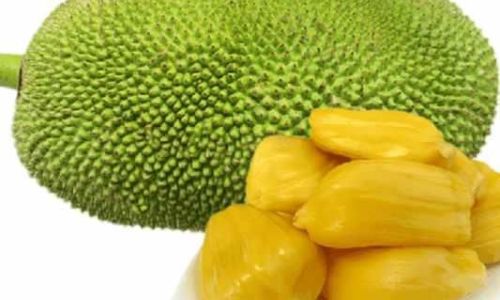
- Slice Uniformly: Cut the flesh into ⅛-inch thick strips using a mandoline for even drying.
- Pre-Treat: Soak slices in a mixture of 1 cup water + 1 tbsp lemon juice for 10 minutes to prevent browning.
- Dry:
- Oven Method: Arrange slices on baking sheets lined with parchment paper. Dry at 135°F (57°C) for 6–8 hours, flipping halfway.
- Food Dehydrator: Use at 125°F (52°C) for 8–10 hours.
- Store: Once cooled, pack chips in airtight jars or vacuum-sealed bags. Keep in a cool, dark pantry.
Fermentation and Preservation
For adventurous foodies, fermenting jackfruit introduces probiotics and tangy complexity:
- Brine Method: Submerge jackfruit pods in a 2% saltwater brine (20g salt per 1L water). Ferment at room temperature for 3–5 days, then refrigerate.
- Lacto-Fermentation: Add 1 tbsp of whey or a probiotic capsule to the brine to accelerate fermentation. Burp jars daily to release gas.
Uses: Fermented jackfruit is delicious in salads, tacos, or blended into dressings.
Repurposing Leftovers: Creative Recipes
Don’t let stored jackfruit gather dust! Try these ideas:
- Smoothie Boosters: Blend frozen pods with coconut milk and mango for a tropical treat.
- Jackfruit “Pulled Pork”: Reheat refrigerated or frozen flesh in BBQ sauce for a vegan sandwich filling.
- Ice Cream Base: Purée thawed jackfruit with banana and almond milk, then freeze in popsicle molds.
- Jam: Cook down excess flesh with chia seeds and honey for a low-sugar spread.
Avoiding Common Mistakes
- Storing at Room Temperature: Jackfruit spoils rapidly above 40°F (4°C). Never leave it out overnight.
- Using Damp Containers: Moisture accelerates mold—always dry containers thoroughly.
- Ignoring Spoilage Signs: Discard jackfruit with fuzzy mold, off-odors, or slimy texture.
Conclusion
Leftover jackfruit doesn’t have to mean waste. By understanding its biology and employing techniques like refrigeration, freezing, dehydration, and fermentation, you can enjoy this tropical treasure for months. Whether you’re a meal-prep enthusiast, a zero-waste advocate, or a curious home cook, these methods ensure that every pod is savored to its fullest potential. So the next time you tackle a giant jackfruit, fear not—your future self will thank you for the preserved sweetness waiting in the freezer or pantry.


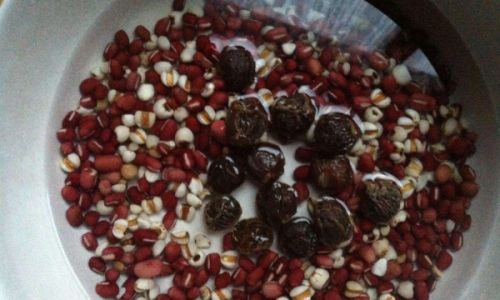
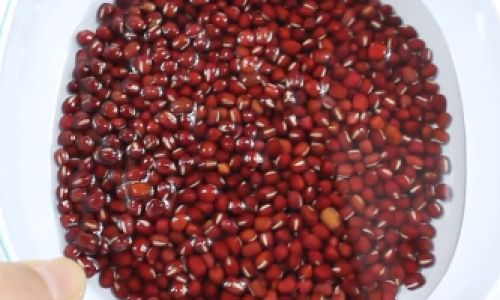
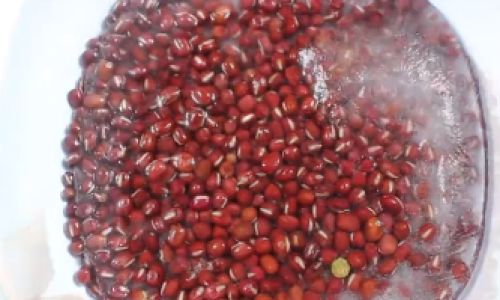
0 comments